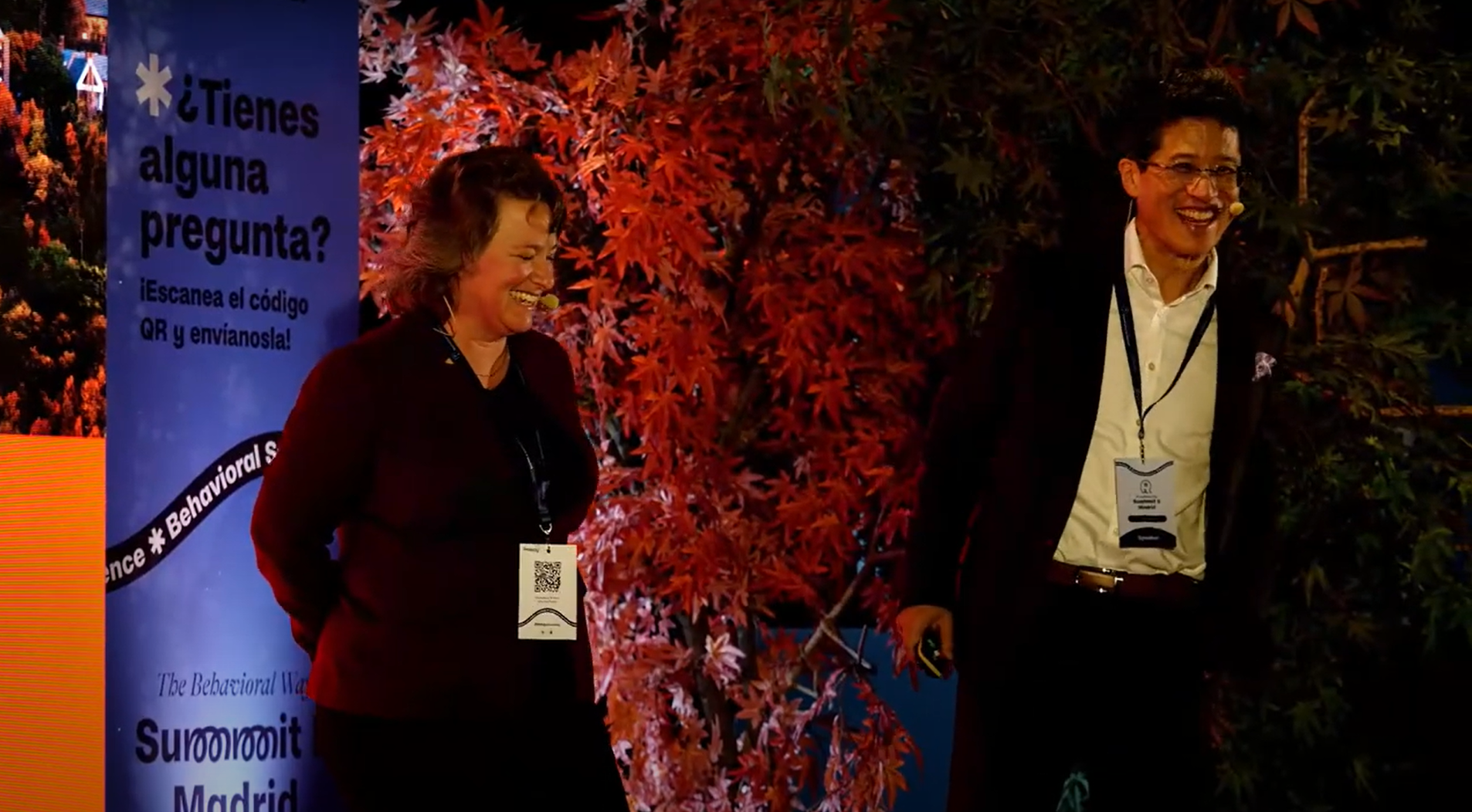Biren recently posed a question to me about how to get technology initiatives to stick based on my experience as a management consultant, user, and technology manager.
Although I always believe that from an execution perspective one should strive for the keep it simple stupid (KISS) principle, describing the Tao (i.e., mastery required) to reach the nirvana state of "IT acceptance" in an organization requires some foundation.
An organization achieves IT acceptance when a habit or addiction with respect to both process and technology has been reached. A habit is created when an organization knows what to do, wants to do something, and knows how to do it. Commitment is frequently started off by getting the organization to collaboratively develop the requirements for the IT initiative as opposed to having an IT project handed down to them.
For IT projects, more often than not, a primary challenge is addressing the want aspect of the habit formation process. Plain an simple. If the system does not serve or incent the end user in some way, there is a high probability that the technology will not take. People have to get some benefit by using the system. Too often I have heard operating managers talk about black hole systems where they feed data in, and mysteriously, headquarters is the only one that cares and uses the data. Big warning flags going up in my book.
To address the want aspect of things you must create movement. Here I find the pecking order of the carrot, the stick, the Chinese professor, and the Jedi mind trick to be key. Two of these techniques are often referred to in change management consulting – I added the other two as off-center techniques:
- The Carrot – This is using a positive incentive system. Show people the end goal and lead them toward victory. "If we can all get on this system, we can outflank the competition."
- The Stick – This is using a negative incentive system. Scare them. "If we don’t do this, we’ll all likely lose our jobs."
- The Chinese Professor – My Mandarin professor was a first generation Chinese. When I didn’t practice enough in the language laboratory, he’d look at me sternly and say, "Why have you disappointed me Xu Bing Hou". There would be long silence for effect, and the guilt would drive me to excel the next time around.
- The Jedi mind trick – Here’s a bit of a catch-all for framing techniques that stem from organizational behavior and psychology. A bit too detailed to go into here (although I will point to a recent post of mine that draws from broader field of organizational behavior). Suffice it to say, while I do not like to correlate these methods with the notion of using tricks or being manipulative, I will say that if you better understand how yourself and other people process information, all that all one is really trying to do is to engage people the way they want to be engaged.
Carrots tend to work best in my book, but others probably have different experiences.
The final aspect beyond getting a habit and creating movement is tracking initial movement. This is a crucial subdomain of the project management discipline and not taught enough in the field. Since this post is getting long, I will say there a three elements here that are particularly relevant. These are:
- Having a project kickoff meeting
- Driving and piloting a program (and hand picking winners early on)
- Monitoring results regularly and more frequently early on.
Anyway, that’s my Tao.
Steve Shu
Subscribe to Steve Shu’s blog feed
now (click icon) using a free newsreader where you can consolidate your
other reading information from the Internet as well. Business and
technology information for everyone!![]()
